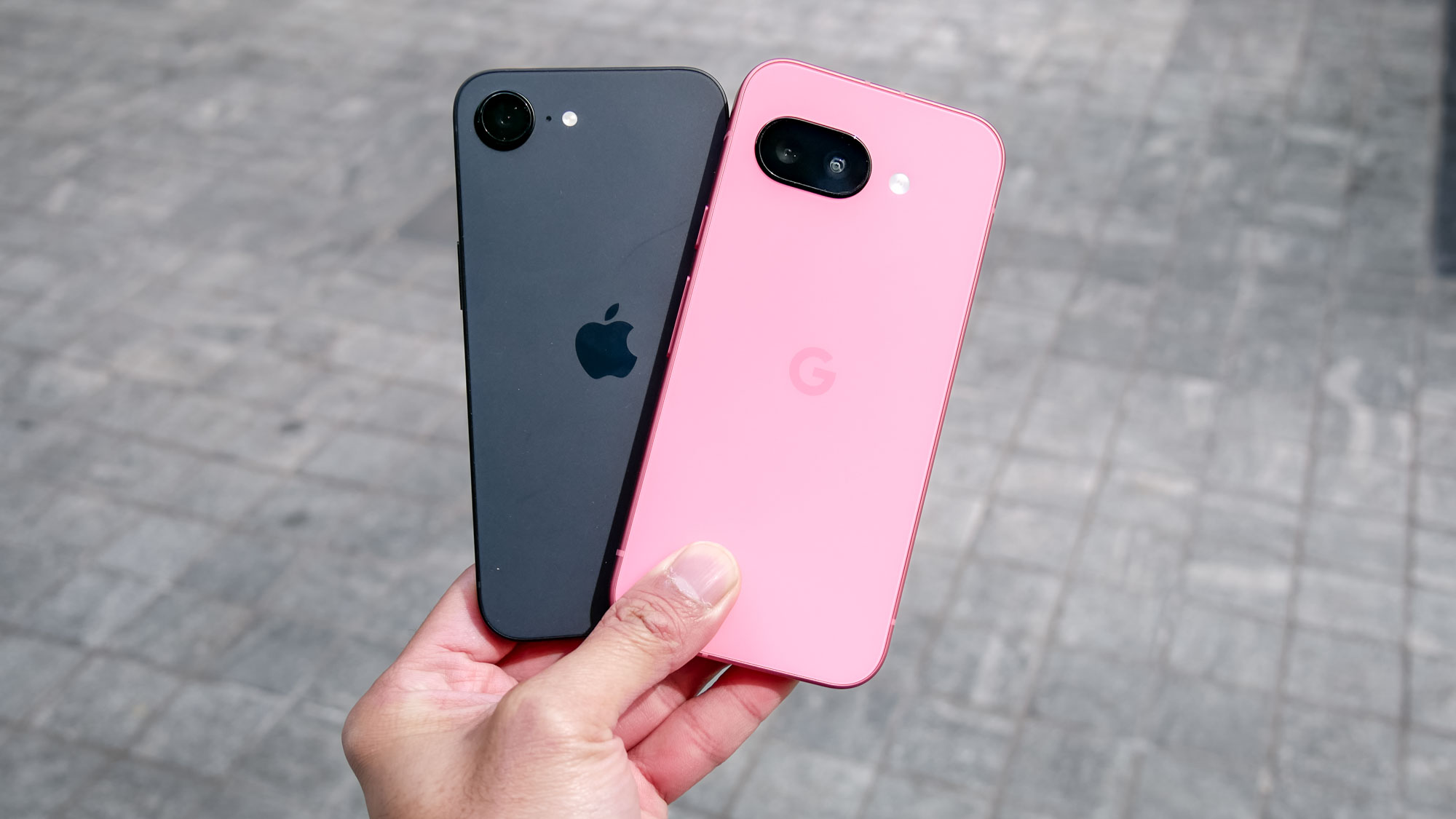What is copper in a mattress and does your cooling mattress need it?
Copper-infused foam helps draw heat away from the body, but how exactly does it work and does your mattress need it?
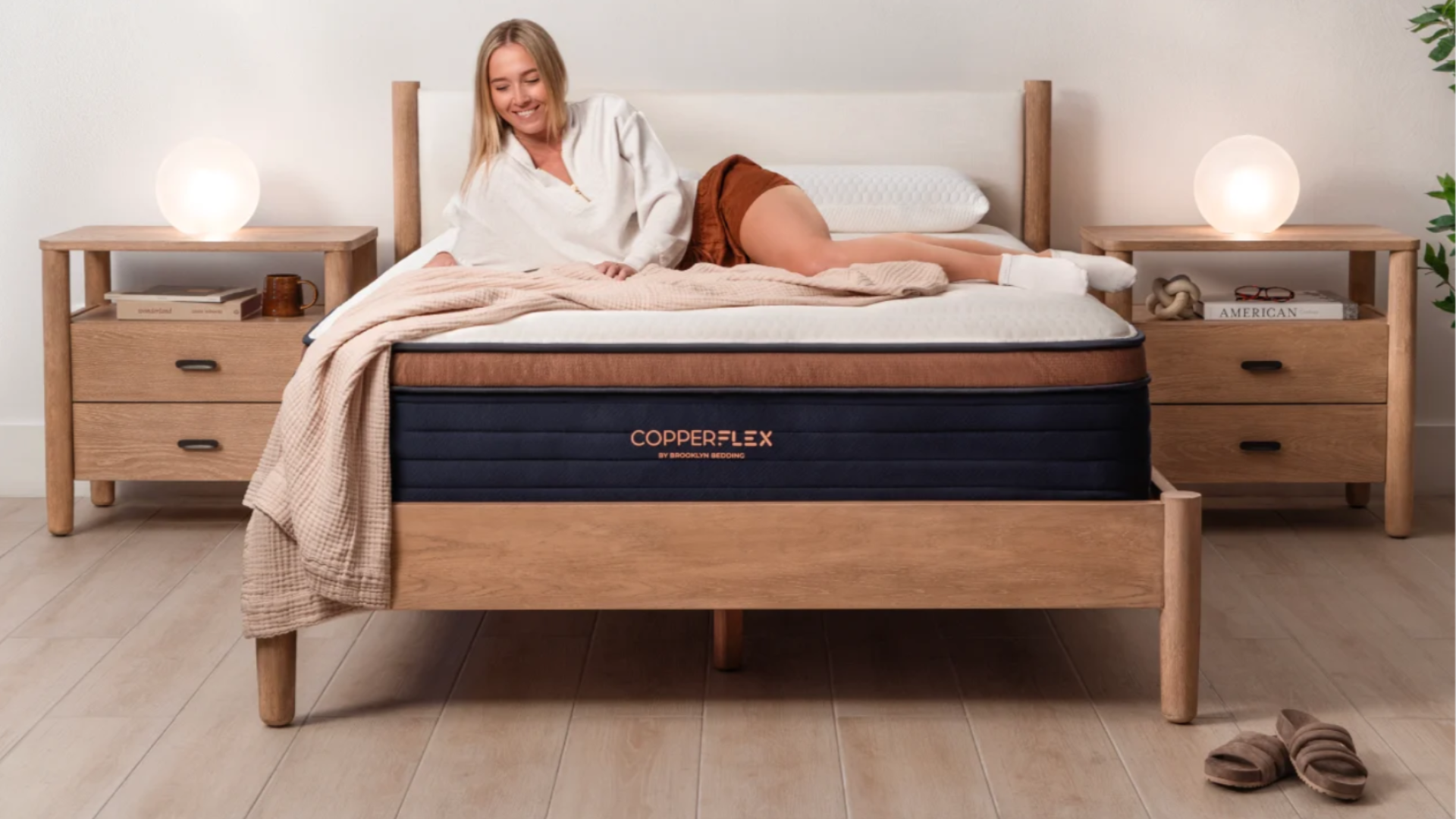
Fusing science with sleep, mattress manufacturers are increasingly using copper materials for two main reasons: copper is an excellent conductor of heat, allowing it to absorb and disperse heat away from the body while you sleep. Plus, copper is antimicrobial, which means it actively prevents the growth of microorganisms like bacteria and mold.
The best mattress for all sleepers provide reliable year-round temperature regulation. However, specialist cooling mattresses help very hot sleepers stay comfortable all night long. In their quest to create the best cooling mattresses, brands are becoming increasingly innovative when it comes to the technology and materials they use to achieve this — enter copper.
Several cooling beds on the market today, such as the Bear Elite Hybrid mattress or newly release Brooklyn Bedding CopperFlex mattress, boast include copper-infused foam as part of their design. But how exactly does copper help keep mattresses work and do all cooling mattresses need it? Let's dive in...
What is copper in mattresses?
Copper is used in mattresses to improve temperature regulation and repel the growth of microorganisms, such as dust mites and mold. Its ability to naturally dissipate heat and repel bacteria, while providing a cooler, cleaner sleep surface, helps improve your overall sleep hygiene.
The metal particles are added to mattresses through various methods, such as weaving copper filaments into the textile fibers or infusing an entire layer of foam with copper.
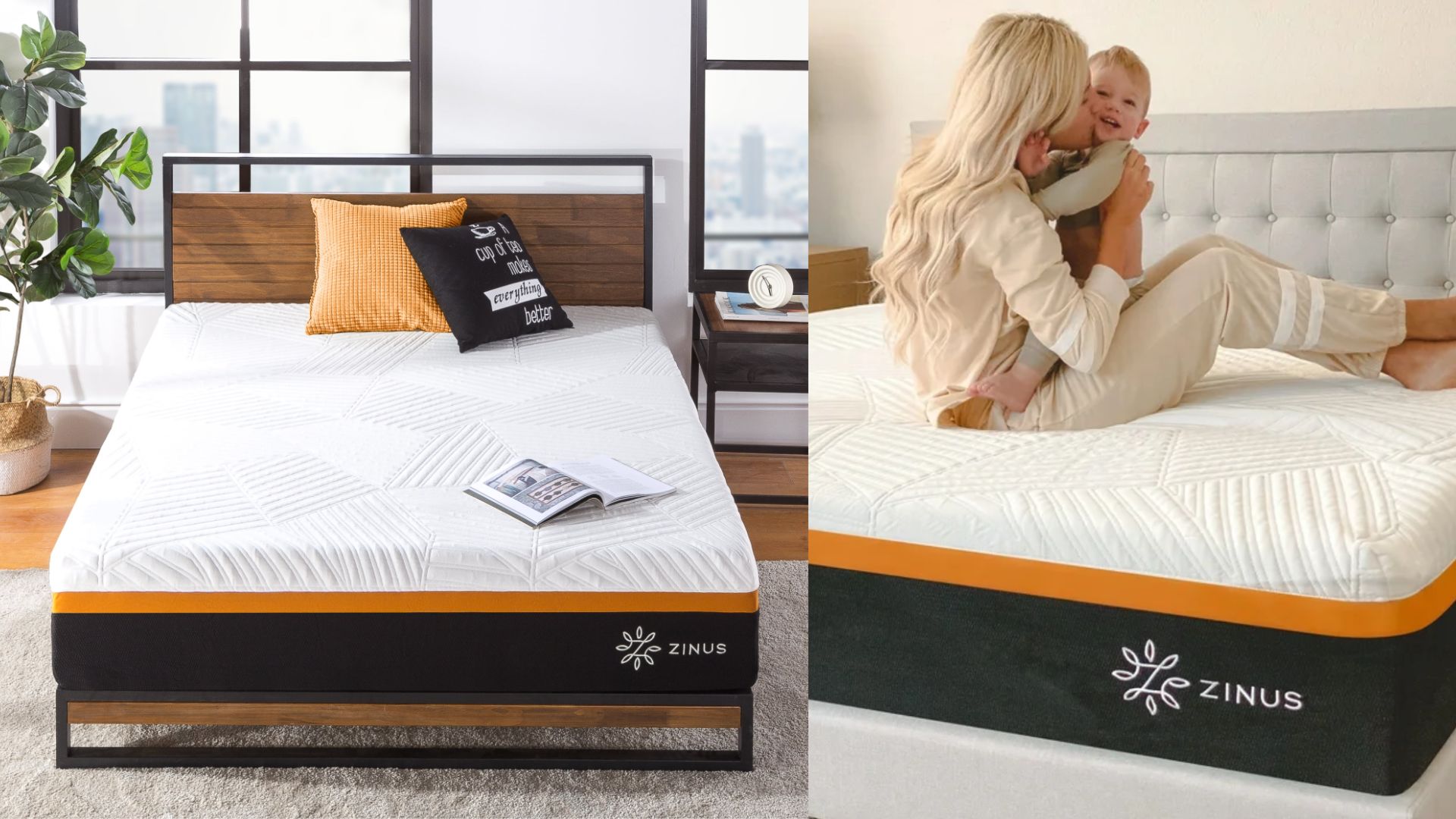
Besides being cooling and antimicrobial, some mattress manufacturers include copper in a mattress due to its additional wellness benefits, like improved muscle recovery, spinal alignment and pressure relief. This is because copper becomes firmer when compressed with mattress materials, providing more support for the spine. Yet it is still malleable, meaning it will adapt to the shape of the body and cushion all your essential pressure points too.
How does copper keep you cool?
Copper is an element with high thermal conductivity, which essentially means that it heats up quickly but cools down just as fast. Hence it can naturally and quickly absorb and wick away body heat. When it comes into contact with heat it conducts it away from the body and disperses it across the mattress surface to prevent heat build up.
While the best memory foam mattresses will regulate temperatures well, some all foam beds are prone to trapping heat. However, copper infusions combat this tendency, making it easier for heat to flow away from the body, producing a cooling effect.
Cooling mattresses with copper
Copper is used in several cooling mattresses, including our most recommended cooling mattress of the year, the Bear Elite Hybrid. Here are a selection of cooling beds with copper:
- Bear Elite Hybrid mattress
- Brooklyn Bedding CopperFlex mattress
- Layla Memory Foam Mattress
- Zinus Cooling Copper Adaptive mattress
Alternatives to copper in cooling mattresses
There are many different design techniques and cooling materials that mattress manufacturers rely upon for temperature regulation.These are five common alternatives to copper for cooling mattresses:
1. Graphite foam
Graphite is another chemical element with high thermal conductivity. Similarly to copper, it is used in mattresses to absorb and dissipate excess body heat, resulting in a cooler and more comfortable sleep environment. Graphite is primarily used in the Zoma Boost Cooling Mattress.
2. Smart cooling technology
The best smart beds you can shop right now are complete with cutting edge technology targeting common sleep woes, one of which is temperature regulation. So, these bed are complete with water or fan based systems and sensors that track your body temperature and ensure you stay at an optimal sleep temperature all night long, getting the best quality sleep possible.
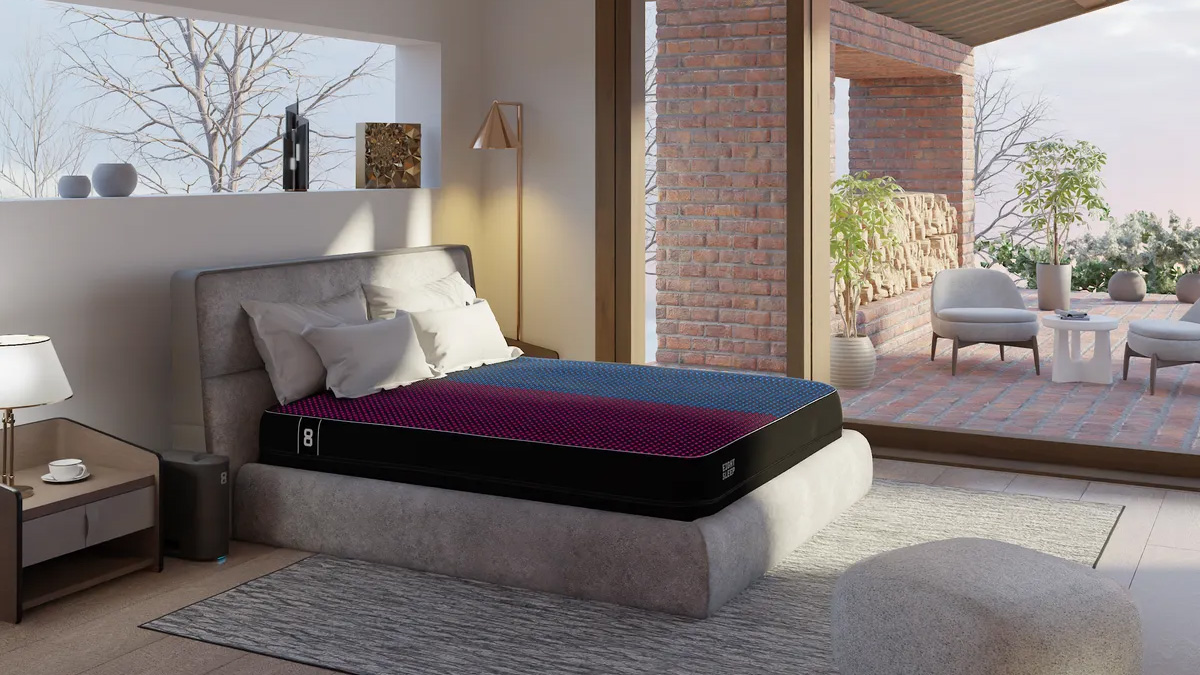
3. GlacioTex
GlacioTex is a fabric made of fibers with high thermal conductivity that work to transfer heat away from the air and your body. GlacioTex fabric is often used in mattress covers so the bed remains cool to touch. It is found in many top-performing cooling mattresses and mattress protectors including the Brooklyn Bedding Aurora Luxe Hybrid Mattress and Nolah GlacioTex Cooling Mattress Protector.
4. Hybrid design
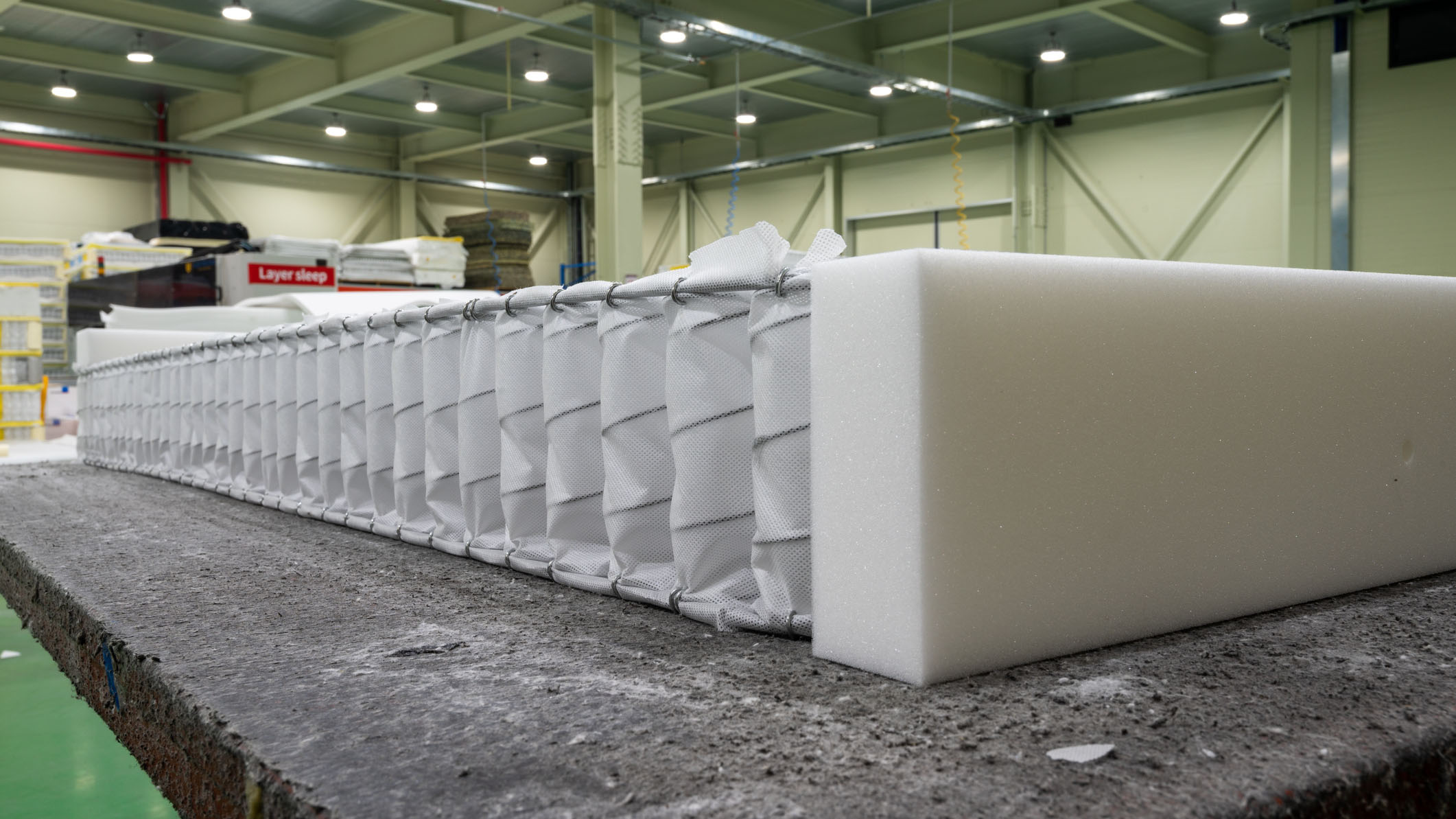
While some memory foam mattresses are prone to retaining heat, the open structure of the best hybrid mattresses add to a bed's overall breathability. In contrast to trapping heat, air warmed from body heat is able to pass through the open coils of a hybrid mattress, where it can be released. Even without the inclusion of any further cooling technology, this breathable design helps keeps temperatures regulated and prevent overheating.
5. Celliant
Celliant is a thermo-reactive synthetic fiber innovated by a company called Hologenix in 2002, and can be found in sleepwear and upholstery, due to its moisture wicking properties. Celliant is also used is some cooling mattresses, thanks to its ability to capture body heat and convert it into infrared energy, which in turn can help promote physical recovery.
Does every cooling mattress need copper?
As copper is just one of many materials designed to provide cooling in a mattress, not every cooling mattress will use it. GlacioTex, Gel and Celliant are other common cooling materials, while some cooling mattresses uses a combination of some or all of them. Meanwhile, the inclusion of organic materials, such as latex, wool and cotton, naturally provide temperature regulation. For more advice, check out our guide on what to look for when buying in a cooling mattress.
Sign up to get the BEST of Tom's Guide direct to your inbox.
Get instant access to breaking news, the hottest reviews, great deals and helpful tips.

Eve is a PPA-accredited journalist with an MA in Magazine Journalism from Cardiff University. She is a Sleep Staff Writer at Tom’s Guide and has four years’ experience writing health features and news. She is particularly interested in the relationship between good sleep and overall health. At Tom’s Guide Eve is responsible for coverage and reviews of sleep tech and is our smart and cooling mattress specialist, focussing on brands such as Eight Sleep and Sleep Number. She also covers general mattress reviews, seeks out the best deals to produce tried-and-tested buyer's guides for sleep accessories and enjoys writing in-depth features about sleep health. She has been involved in rigorous testing procedures for mattress reviews in our Sleep Studio and has interviewed experts including sleep doctors and psychologists. When not covering sleep at Tom's Guide, Eve enjoys writing about health and fitness, food and culture.
You must confirm your public display name before commenting
Please logout and then login again, you will then be prompted to enter your display name.
